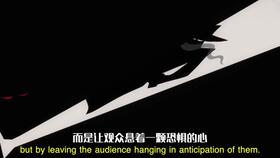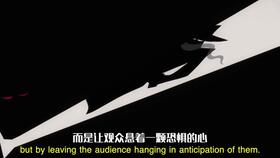Article:

Introduction: Crane fishing, also known as fishing with a crane, has gained popularity among anglers seeking a unique and challenging fishing experience. This technique involves using a crane to hoist a fishing rod to reach distant and inaccessible spots. In this article, we will provide you with valuable tips and techniques for how to open a crane and fish effectively, along with detailed illustrations to guide you through the process.
Section 1: Choosing the Right Crane 1.1 Selecting the Appropriate Crane: When starting your crane fishing adventure, it is crucial to choose the right crane. Consider factors such as the weight capacity, height, and stability of the crane. Ensure that the crane is suitable for your fishing location and the type of fish you are targeting.
2 Assembly and Setup: Once you have selected the appropriate crane, follow the manufacturer's instructions for assembly and setup. Ensure that all components are securely connected and that the crane is stable on the ground.
Section 2: Preparing Your Fishing Gear 2.1 Choosing the Right Fishing Rod: Select a fishing rod that is strong, durable, and capable of handling the weight of the crane. The rod should be long enough to reach the desired distance and have a comfortable grip.
2 Attaching the Line and Lure: Attach a suitable fishing line to the rod, ensuring it is strong enough to withstand the weight of the crane and the fish you are targeting. Choose a lure that is appropriate for the fish species you wish to catch.
3 Adjusting the Crane Arm: Position the crane arm in a way that allows for optimal casting and retrieval. Adjust the angle and length of the arm to reach the desired fishing spot.
Section 3: Fishing Techniques 3.1 Casting: Hold the fishing rod with both hands and begin casting by moving the rod back and forth. Once you reach the desired distance, release the line, allowing the lure to sink into the water. Ensure that the crane is stable during the casting process.
2 Retrieving: After the lure has reached the desired depth, begin retrieving the line by slowly winding it back onto the reel. Keep an eye on the crane and be prepared to adjust the angle and length of the arm if necessary.
3 Hooking the Fish: When a fish takes the lure, it is essential to set the hook quickly. Use a strong grip on the rod and apply firm pressure to ensure a secure hook-set. Keep the crane stable and maintain control of the rod during this process.
4 Lifting the Fish: Once the fish is hooked, it is time to lift it out of the water. Use the crane to hoist the rod and fish towards the shore. Ensure that the crane is stable and that the lifting process is smooth to avoid damaging the fish.
Section 4: Safety Precautions 4.1 Inspecting the Crane: Before using the crane, inspect it for any signs of damage or wear. Ensure that all components are in good condition and that the crane is safe to operate.
2 Proper Handling: Always handle the crane with care, as it can be heavy and potentially dangerous. Avoid overloading the crane or exceeding its weight capacity.
3 Environmental Considerations: Be mindful of the environment and avoid disturbing wildlife or damaging vegetation during your crane fishing adventure.
Conclusion: Crane fishing can be an exhilarating and rewarding activity for anglers willing to embrace the challenge. By following these tips and techniques, along with the help of detailed illustrations, you can master the art of crane fishing and enjoy a unique fishing experience. Remember to prioritize safety, respect the environment, and have fun on your crane fishing adventures!












